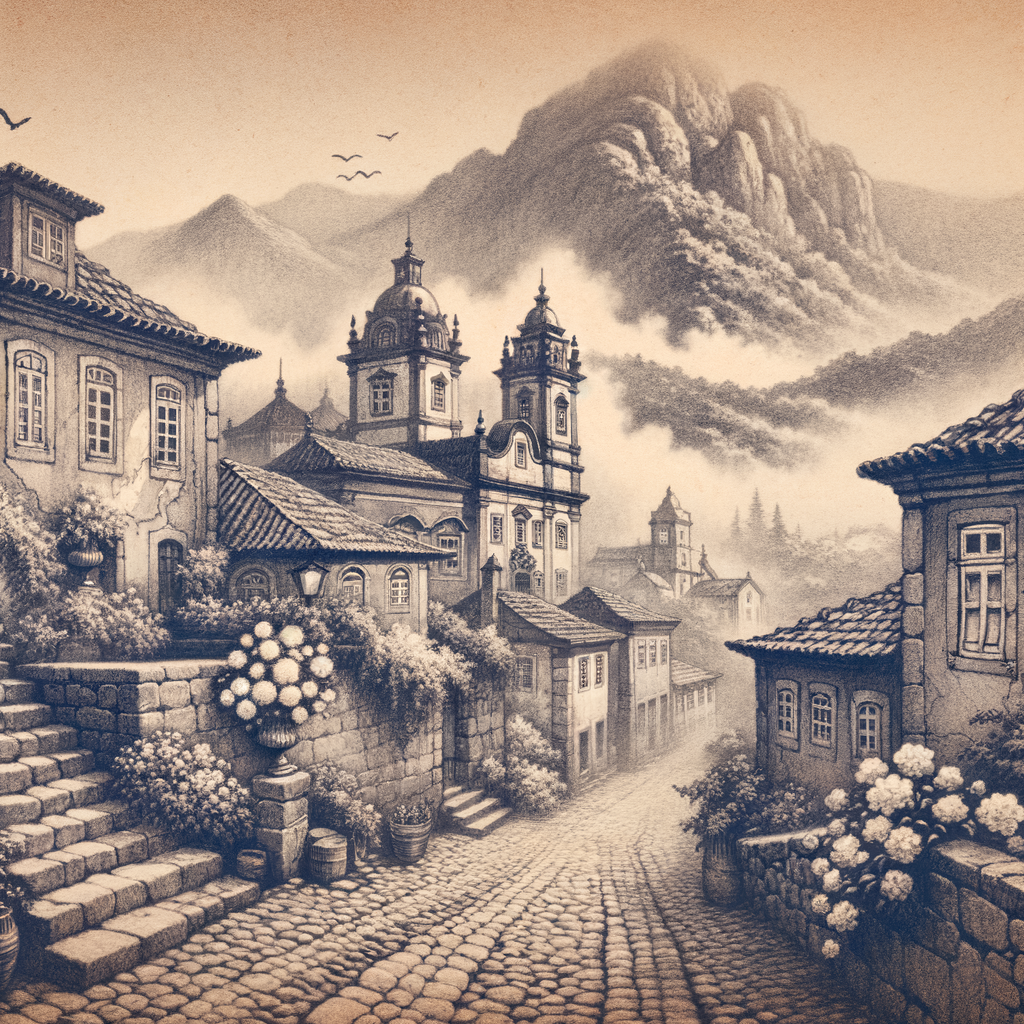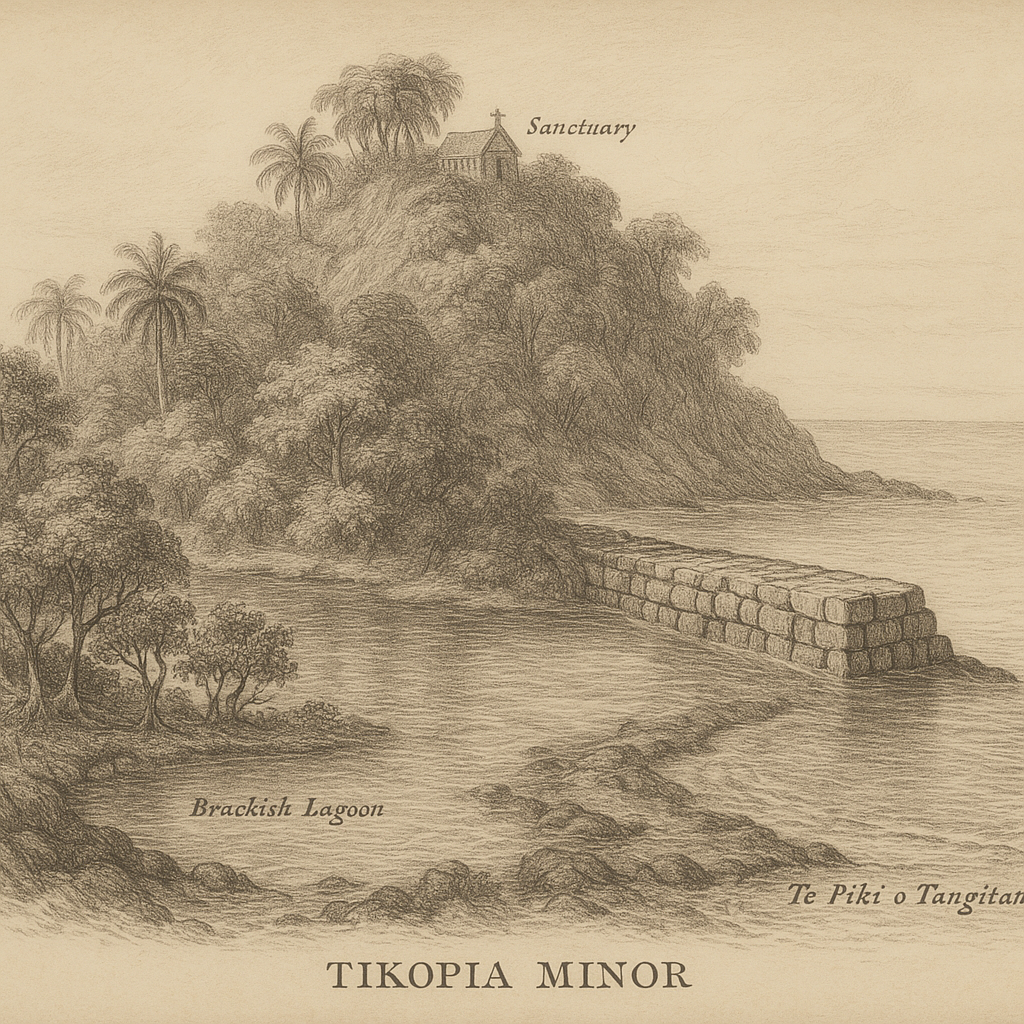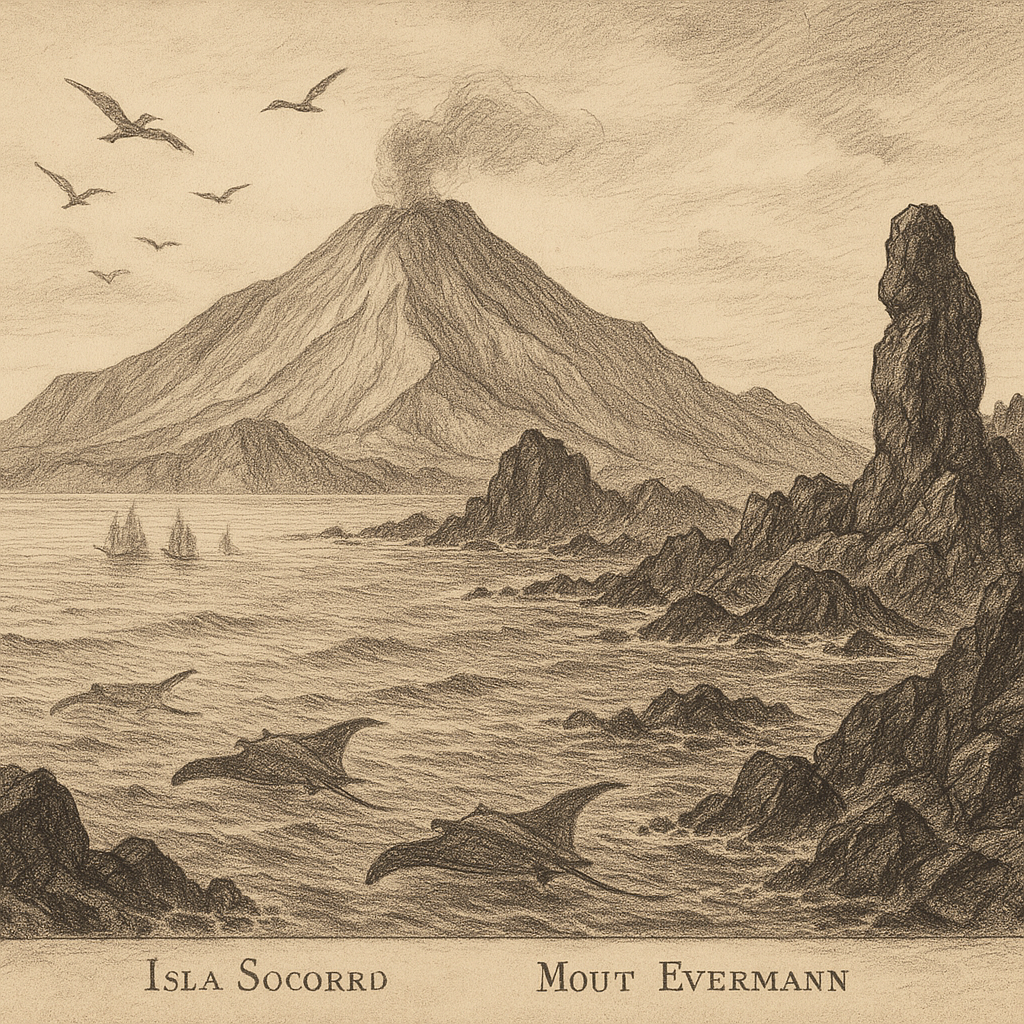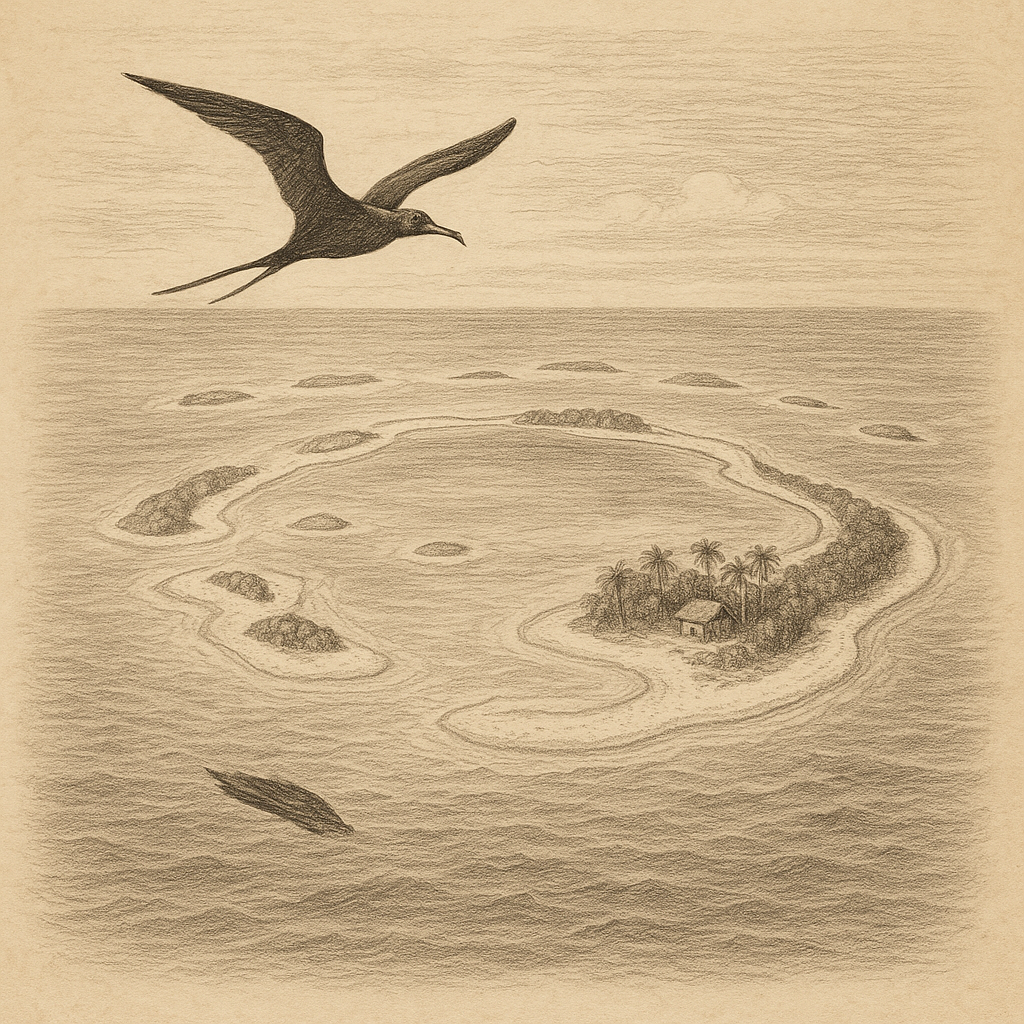Brava Island: The Hidden Gem of the Cape Verde Archipelago
Brava Island, known locally as “Ilha das Flores” (Island of Flowers), is the smallest inhabited island of Cape Verde, an archipelago located off the northwest coast of Africa in the central Atlantic Ocean. Despite its size, Brava offers an abundance of natural beauty, cultural richness, and mystique that make it a fascinating destination for those seeking adventure off the beaten path.
Location and Geography
Brava is situated in the southwestern part of the Cape Verde archipelago, just west of the larger island of Fogo. With an area of approximately 67 km², it is the smallest of the inhabited islands in Cape Verde. The island is volcanic in origin, formed millions of years ago as part of a hotspot chain, and its rugged terrain is dotted with deep valleys, steep cliffs, and lush, terraced hillsides.
The central mountain range, known as Monte Fontainhas, dominates Brava’s landscape, with its highest peak reaching roughly 976 meters above sea level. The island has no natural harbors, and access is generally limited to the small port of Furna, which connects Brava to the rest of the archipelago via infrequent ferry services.
Climate and Ecosystem
Brava boasts a subtropical climate with moderate temperatures and relatively high humidity due to its exposure to oceanic currents and persistent trade winds. The island receives more rainfall than its drier neighbors, which contributes to its uniquely verdant landscape and the proliferation of wildflowers for which it is famed.
This higher level of precipitation supports a surprising diversity of flora, including endemic plant species found nowhere else in Cape Verde. The hillsides are often blanketed in a vivid array of bougainvillea, hibiscus, and other flowering plants that thrive in the island’s mild microclimates. Native birds, such as the grey-headed kingfisher and endemic Cape Verde warbler, find refuge in the island’s secluded forests and rocky cliffs.
History and Culture
Brava was first settled by the Portuguese in the 17th century, and over time it became a haven for whalers, fishermen, and emigrants. Because the island’s topography posed significant challenges to agriculture, many Bravenses emigrated abroad, especially to the United States and Portugal, creating a transatlantic diaspora that still maintains strong cultural and familial connections to the island.
Today, Brava’s culture is a blend of indigenous Creole traditions and European influences. The main town, Nova Sintra, is considered one of Cape Verde’s prettiest settlements, with cobblestone streets, colonial-era houses, and flower-filled public squares. Music and poetry play a significant part in daily life. The island has produced notable poets and musicians, and morna, Cape Verde’s melancholic musical genre, is said to have flourished here through local artists such as Eugénio Tavares, whose statue occupies a central square of Nova Sintra.
Curiosities and Points of Interest
Despite its remote location, Brava is dotted with fascinating sites and attractions that reflect its singular character. Nova Sintra’s city center is a colonial jewel, preserved over generations with a charm untouched by mass tourism. One of the most intriguing landmarks is a replica of the Statue of Liberty that stands in a local garden—a symbol of the ties between Brava and the United States, where many islanders emigrated from the 19th century onward.
The Fajã d’Água valley on the western coast was once a hub of whaling activity in the 18th and 19th centuries. Today, its rusting harpoons and crumbling watchtowers bear silent witness to a bygone era. The surrounding cliffs also open up to hidden natural pools and caves ideal for swimming and exploration.
Hiking is a popular activity, with numerous trails leading across the mountainous terrain, offering panoramic views of the Atlantic Ocean and the distant silhouette of Fogo Island. One such trail leads to the volcanic caldera at Monte Fontainhas, where hikers can experience the breathtaking natural beauty and serenity of the island interior.
Myths and Legends
Brava is steeped in legends that reflect both its history and the imagination of its people. One of the most enduring is the tale of the “Ghost of Fontainhas,” a mysterious figure said to appear in the highlands on foggy nights. Locals speak of a woman dressed in white who wanders the mountain trails, searching for her lost love—a sailor who perished at sea. Her sightings are said to bring both luck and melancholy, much like the island’s cherished morna music.
Another legend tells of a secret tunnel beneath Nova Sintra that was built by pirates fleeing naval capture. The tunnel, now lost to time, reportedly led to a hidden cove where treasure was buried. Some claim to have seen flickering lights at the supposed entrance of the tunnel on stormy nights, fueling ongoing speculation—and occasional nightly adventures by the brave or curious.
Access and Conservation
Because of its rugged terrain and lack of an airstrip, Brava remains one of the least accessible islands in Cape Verde, reachable only by sea. Ferries connect the island to Fogo, which has air links to the capital city Praia on Santiago Island. This limited accessibility has helped preserve Brava’s authenticity and natural environment.
Environmental stewardship is a core value among its residents. Efforts to maintain traditional farming practices, control deforestation, and promote sustainability are becoming increasingly important as the island experiences the early effects of climate change. Local NGOs and international partners have initiated reforestation efforts and education campaigns to promote biodiversity protection.
Conclusion
Brava Island is a place where time seems to have slowed down, where the scent of wildflowers drifts through stone lanes, and where legends linger in the morning mist. Though relatively unknown and challenging to reach, it offers an unmatched richness for those who make the effort. From its unique ecology and charming villages to its haunting stories and evocative music, Brava remains a vital part of the Cape Verdean soul—and a rare paradise for the intrepid traveler.



